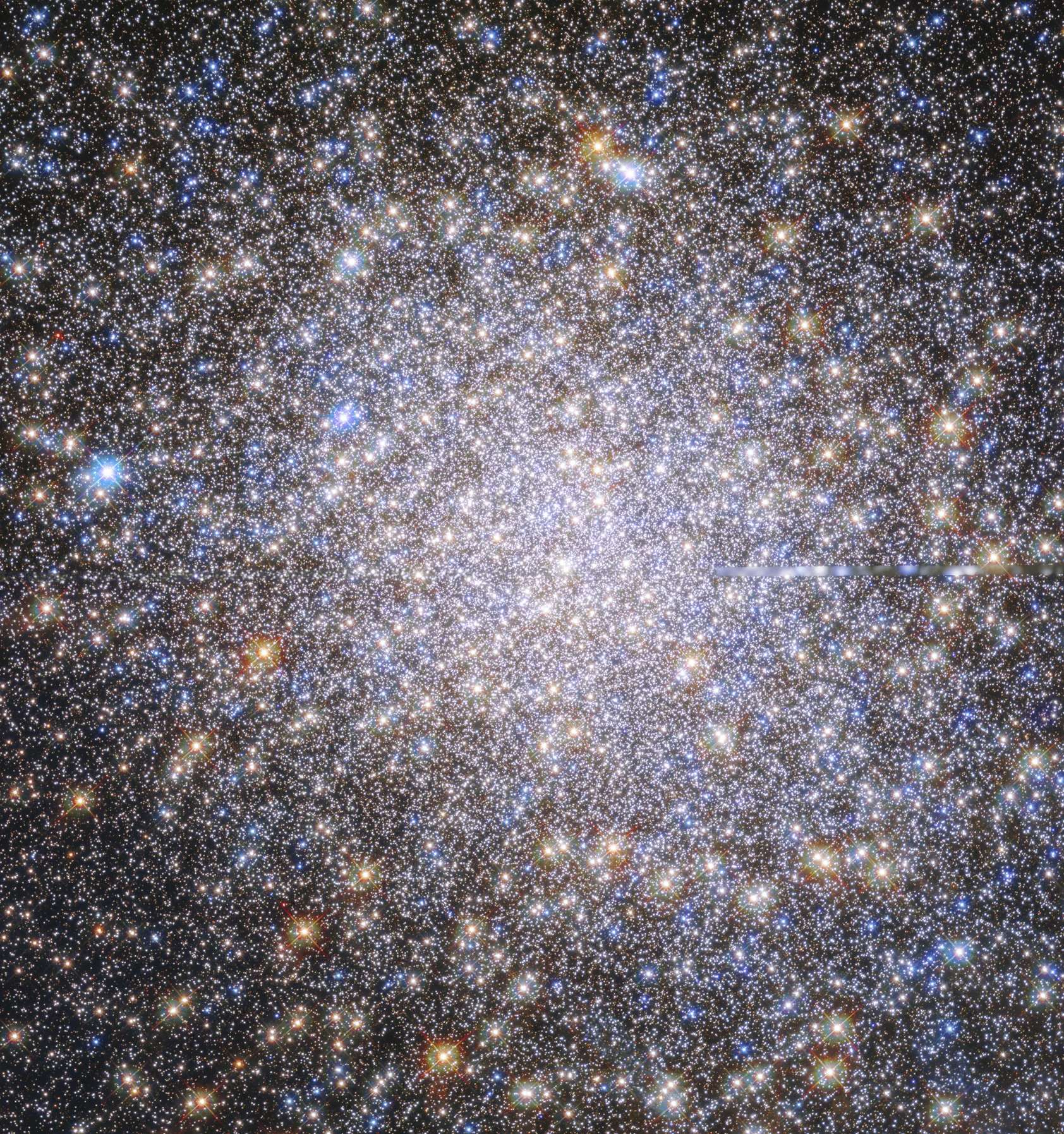M19 | NGC 6273 | Globular Cluster | Ophiuchus | 28,500 Light Years Away
Messier 19 is a globular cluster located in the constellation Ophiuchus, discovered by Charles Messier in 1764. Positioned around 28,700 light-years away from Earth, this spherical assembly of stars is part of the Milky Way galaxy. Messier 19 is notable for its elongated shape, resembling an oval or football, which distinguishes it from the more spherical appearance of many other globular clusters.
With a diameter of approximately 140 light-years, Messier 19 contains a significant population of stars, densely packed within its central region. The stars within this globular cluster are estimated to be around 11.6 billion years old, making Messier 19 one of the older members of its kind. Despite its relatively faint appearance, Messier 19 remains an intriguing subject for astronomers studying the dynamics and characteristics of globular clusters, contributing to our understanding of the formation and evolution of these ancient stellar communities.
Observations of Messier 19 help astronomers analyze the individual stars within the cluster, providing insights into their properties, such as temperature, luminosity, and composition. The study of globular clusters like Messier 19 contributes to our broader understanding of galactic structure, stellar populations, and the processes that have shaped the Milky Way over billions of years. Despite its modest visual prominence, Messier 19 plays a valuable role in unraveling the mysteries of the cosmos and adding to the rich tapestry of astronomical knowledge.

